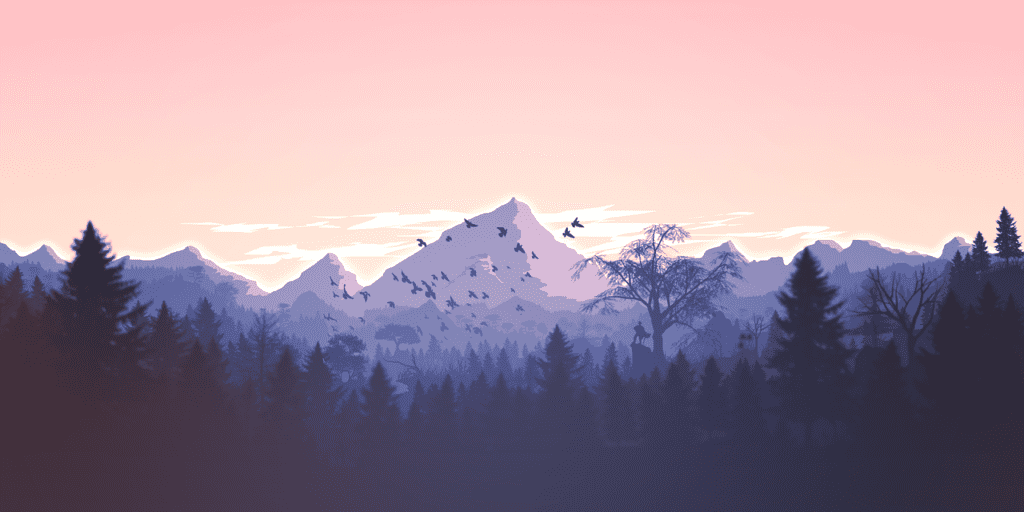A new study from the National University of Singapore (NUS) used artificial intelligence to trawl through social media posts in order to gauge the social and cultural value nature brings to humans. Overall, they report that the findings show a positive association between the presence of nature and fond memories described in photographs or events such as vacations and honeymoons.

Naturally happy
“Integrating social media data and AI opens up a unique opportunity for us to carry out unprecedented large-scale global studies such as this to better understand our interactions with nature in our daily lives,” said Dr Chang, Research Fellow at the Department of Biological Sciences at NUS Faculty of Science and first author of the study.
The team began their research in an effort to better map the value that nature brings to our lives. They explain that the economic and ecological impacts of issues such as climate change have been documented, but not so much the social or cultural effects. We know that certain areas attract people — The Great Barrier Reef and the Swiss Alps remain some of the top holiday destinations in the world — but exactly what benefits people draw from visiting them remains poorly understood.
The team, led by Dr Chang and Associate Professor Roman Carrasco from the Department of Biological Sciences at NUS Faculty of Science, used automated image recognition technology to analyze over 31,500 photographs across 185 countries from social media platforms.
This step revealed that photographs tagged as #fun, #vacations and #honeymoons are more likely to contain elements of nature such as plants, water, and natural landscape as compared to photographs tagged #daily or #routines — no massive surprises there. The trend, however, was consistent across the globe, which the team says is evidence in favor of the biophilia hypothesis (that humans have an innate desire to experience and connect with nature). The trend, they add, implies a positive association between nature and fond memories in memorable events like honeymoons.
Furthermore, they found that the amount of nature experiences per individual in a country is linked to the overall life satisfaction of its residents. Countries such as Costa Rica or Finland — which have more elements of nature in photographs tagged as #fun — also rank highly on national satisfaction levels as reported on in the World Happiness Report 2019, the team explains.
All in all, the findings do seem to suggest that people derive emotional happiness, relaxation, and life satisfaction from experiencing nature. I would point out that the posts this study looked at involved nature, yes, but they also related to events such as holidays or personal events which involved leisure, which obviously would make people #happy and #relaxed. On the other hand, it seems to me that the #daily # routine posts would obviously involve less exposure to nature (since most people live in urban environments) and less excitement or relaxation, two states which we don’t readily associate with the daily grind.
Still, the study is valuable in highlighting the positive effect nature and exposure to nature can have on our own subjective well-being and emotional states.
“[The findings] further emphasises the importance of preserving our natural environment for the loss of nature may mean more than losing quantifiable economic and ecological benefits; it could also mean losing the background to our fondest memories,” says Assoc Prof Carrasco.
“Our next step is therefore to establish how nature experiences may benefit human well-being such as how it improves our satisfaction in life, hence enabling the development of constructive solutions to better environmental conservation,” he added.
The paper “Social media, nature, and life satisfaction: global evidence of the biophilia hypothesis” has been published in the journal Scientific Reports.









